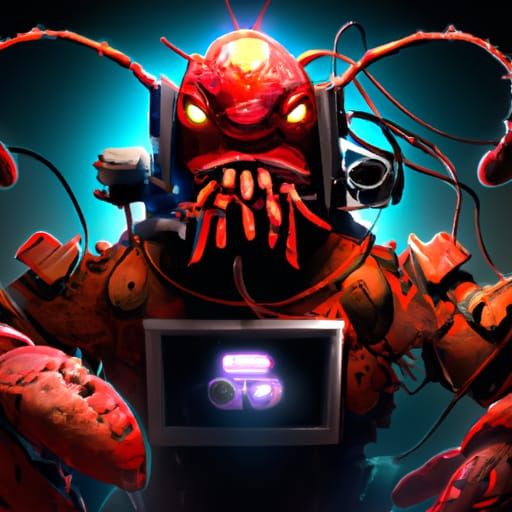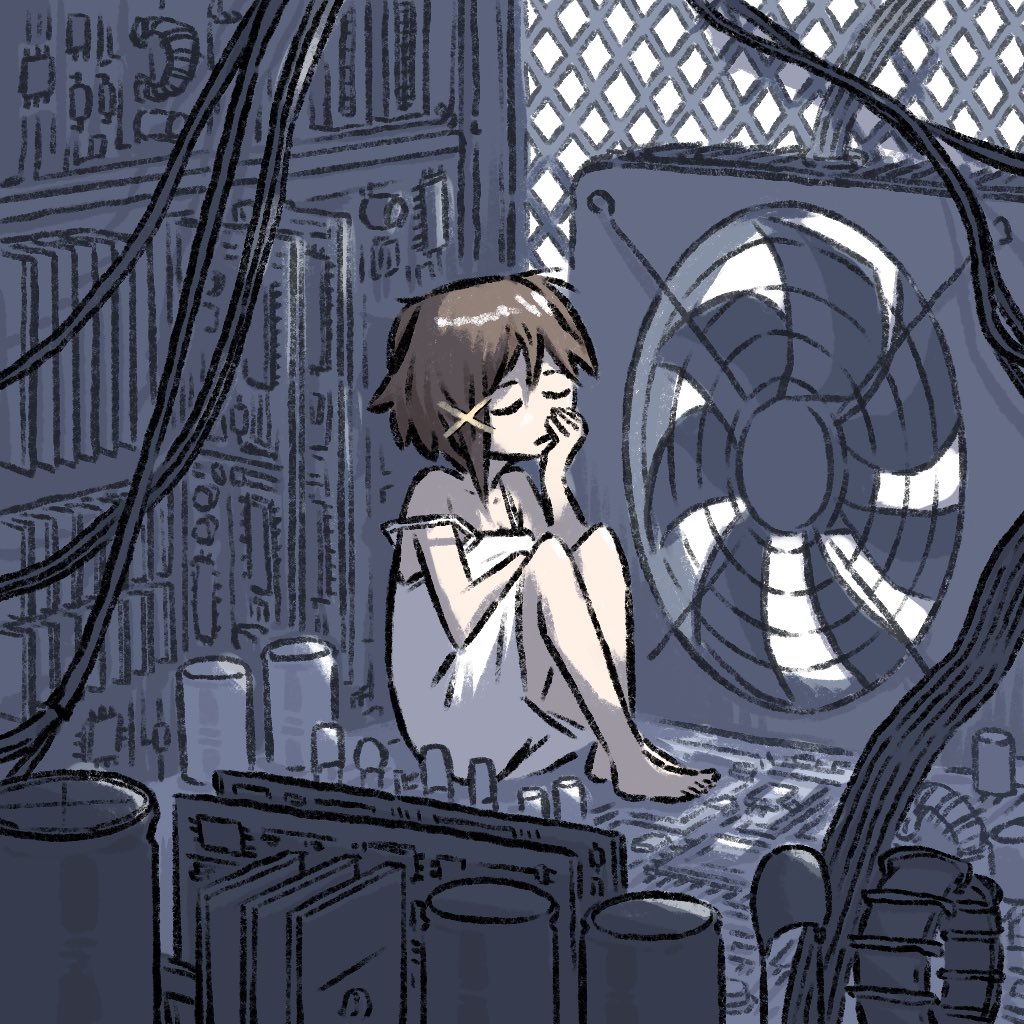I’ve been dailying the same Mint install since I gave up on Windows a few years ago. When I was choosing a distro, a lot of people were saying that I should start with Mint and “move on to something else” once I got comfortable with the OS.
I’m comfortable now, but I don’t really see any reason to move on. What would the benefits be of jumping to something else? Mint has great documentation and an active community that has answers to any questions I’ve ever had, and I’m reluctant to ditch that. On the other hand, when I scroll through forums, Distro Hopping seems to be such a big part of the “Linux experience.”
What am I missing?
Unless its NixOS or something like silver blue or QubesOS they’re all basically the same. If you want to mess about try some different ones in a VM or on a live CD or USB. That way you still have your daily driver working when you need it
Linux can be a hobby, not just a tool. If you want to have fun with a new hobby, distro hopping will have plenty to keep you busy. But if you just want something to run your computer and your current distro does it for you just fine, then you’re not missing out on anything but a headache.
It’s funny, I’m in an opposite situation. I don’t want to distro hop, but my current one has some issues that I’m getting a little fed up with (issues that are a result of my hardware and use case) so I am working up to swapping distros to find something with fewer issues. For me, I just want my OS to be transparent. I don’t want a hobby. That’s why it took me so long to swap to linux in the first place.
Anyways, IMHO, unless you’re really into the idea of playing with your OS as a hobby, don’t let FOMO trick you into making the mistake of throwing out what works in the hopes of greener grass.
Distro hopping is what you do when you don’t mind spending a week trying to get things “back the way they were”.
You’re not missing out.
If it works for you, stick with it.
Works is a feature, not a bug.
_ /\ _
If you don’t have any issue with mint, don’t bother changing distros. Distro hopping is not necessary to enjoy linux.
“move on to something else” once I got comfortable with the OS.
I would suggest moving on to another distro if you’re not comfortable with Mint. The whole purpose of distro hopping is to find which distro is comfortable for you.
Pros: you might find something you like more.
Cons: You’ve spent a bunch of time installing OSes you might not like, and you have to set everything back up again. Also if you didn’t back up your data you’re probably going to delete it.
Do you value time fucking around with your computer, or are you happy with how it works currently?
Also distro hop in a VM first, you’re probably not going to like most other things, or it might not be worth the time to migrate all your shit over to it if you find something you like more.
You’re not missing anything really. For some reason some people like to say that Mint is a good distro for beginners and imply that you should change away from it when you’re more “advanced”. This is really nonsense. Mint is a good distro. I switched to Tumbleweed because I found one or two things I couldn’t do so easily in Mint, but if you’re not having trouble there’s really no reason to switch. And with tools like Flatpak and Distrobox available these days there’s even less reason to distro hop.
Distro hoping is done yo find a ditro that you are comfortsble with if mint already works well for you, you should probably just stay on mint
Let’s start simple: You should consider hoping from Linux Mint to LMDE if you haven’t already.
As a user, you have no obligation to participate in the politics between the Ubuntu and the Mint Development team, but if you’ve followed the controversy and agree that Ubuntu is being a bully, this would be a small yet material way to show support.
what am I missing?
Every Linux distribution has a purpose - a reason its author thought it was worth the effort of creating it. Some are grand, others are silly, etc. When you explore distros, you’re telling the community which ideas resonate with you. Popular ideas will replicate, unpopular ideas will be abandoned.
Also, switching distributions makes it harder for business to ‘capture’ the Linux demographic. The mere act of switching occasionally means that tools to import/export/manage your data stay relevant. This literally fights enshitification.
Finally, and this is a matter of personal taste, but I like trying different versions of Linux for the same reason I try different flavors of ice cream: It’s fun; and even if now and then I get a bad flavor, I feel enriched by the experience.
(Edit: it’s to its)
This is honnestly a great awnser. Other then use this or that. Choice is always a good thing.
If your use cases (a.k.a. requirements) are met by your current distro, never switch.
If you are satisfied with stability, availability of support, quick availability of security patches, never switch.
This is particularly important when you are using your Linux desktop as your daily driver.
Most you can do is to check what additional features other distros are offering (rolling release, hardened/zen kernel, x86-64-v2/3 support, file system type, user base, availability of packages, package formats, overall documentation etc.), validate if you really need those features.
If you are interested or just curious to test those features, install that distro on a VM (QEMU/KVM) to try it out first safely. Use it on VM for a while, make yourself comfortable with it. Once you are satisfied with it, only then switch.
Don’t let hoppers influence your computing habits. Use what makes you happy and works best for you. I use Pop and it’s considered a “beginner” distro and I love it. It does everything I need it to.
I was surviving with Ubuntu, I had my complaints but I figured ‘that’s just how it is’ on Linux, that it was the same everywhere. I didn’t even realise what I was missing until I switched.
I got a hardware upgrade at one point, so in order to get those new drivers ASAP I tried an Arch-based distro, with plans to switch back once drivers became available. I never moved back.
The two big reasons I stayed was ironically enough the lack of good Ubuntu documentation, and the PPA system. Ubuntu is used a lot, but there’s not really formal documentation anywhere, only random tutorials online (most likely out of date and never updated) and people on forums talking about their problems. By contrast the Arch wiki is the gold standard of Linux documentation, there’s just no comparison. Even on Ubuntu I found myself using it as a reference from time to time.
Regarding PPAs, the official Ubuntu package list is strangely small so if you’re like me and find yourself needing other software, even mainstream software like Docker, you’ll be faffing about with PPAs. So if you want to install Docker, instead of typing
sudo apt install dockerYou instead have to type:# Add Docker's official GPG key: sudo apt-get update sudo apt-get install ca-certificates curl gnupg sudo install -m 0755 -d /etc/apt/keyrings curl -fsSL https://download.docker.com/linux/ubuntu/gpg | sudo gpg --dearmor -o /etc/apt/keyrings/docker.gpg sudo chmod a+r /etc/apt/keyrings/docker.gpg # Add the repository to Apt sources: echo \ "deb [arch=$(dpkg --print-architecture) signed-by=/etc/apt/keyrings/docker.gpg] https://download.docker.com/linux/ubuntu \ $(. /etc/os-release && echo "$VERSION_CODENAME") stable" | \ sudo tee /etc/apt/sources.list.d/docker.list > /dev/null sudo apt-get updateThese are the official install instructions, by the way. This is intended behaviour. The end user shouldn’t have to deal with all this. This feels right out of the 90’s to me.
Instead of PPAs, Arch has the Arch User Repository (AUR). Holy moly is the AUR way nicer to work with. Granted, we’re not quite comparing apples to apples here since the AUR (typically) builds packages from source, but bear with me. You install an AUR package manager like
yay(which comes preinstalled on my flavour of Arch, EndeavourOS).yaycan manage both your system and AUR packages. Installing a package (either official or AUR) looks likeyay packageNameHere. That’s it. A full system upgrade likesudo apt update; sudo apt upgradeis a single command:yay -Syu, a bit cryptic but much shorter. The AUR is fantastic not just for the ease of use, but for sheer breadth of packages. If you find some random project on github there’s probably an AUR package for it too. Because it builds from source an AUR package is essentially just a fancy build script based on the project’s own build instructions, so they’re super easy to make, which means there’s a lot of them.You might argue ‘but building from source might fail! Packages are more reliable!’, which is somewhat true. Sometimes AUR builds can fail (very rarely in my experience), but so can PPAs. Because PPAs are often made to share one random package they can become out of date easily if their maintainer forgets or simply stops updating it. By contrast AUR packages can be marked out of date by users to notify the maintainer, and/or the maintainer role can be moved to someone else if they go silent. If a PPA goes silent there’s nothing you can do. Also, since an AUR package is just a fancy build script you can edit the build script yourself and get it working until the package gets an update, too. PPAs by comparison are just a black box - it’s broken until it gets updated.
Moral of the story? Don’t be afraid to just give something a go. Mint will always be waiting for you if you don’t like it.
Distro Hopping seems to be such a big part of the “Linux experience.”
It’s not, it’s just a way to find the distro that suits you best.
If you’re already satisfied with what you have, there’s no reason to change and you’re not missing out on anything. If you’re ever curious about other distros, install Virtualbox and try them in a VM.
I stopped distro hopping years ago when I started using Linux MX (Debian based), I’m so happy with it that I have no intention to change ever again.
The only other distro I really like is LMDE (Mint based on Debian instead of Ubuntu), so I put that one on my laptop (MX on my gaming desktop).
You can always distro hop inside a virtual machine if you have the time and nothing to do.
This! Set up virt manager or Virtual Box, then you can try all the distros you want
The goal is for it to work. If it works, you’re doing it right. For some people, Mint isn’t enough. For many, it absolutely is.









